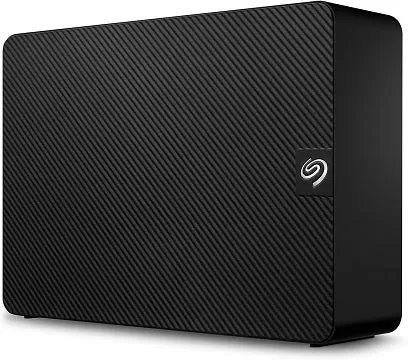aSPICE is a secure, open-source SPICE and SSH Remote Desktop solution tailored for QEMU KVM virtual machines. It offers robust functionality for users looking to control their virtual environments seamlessly. If you're using iOS or macOS, you can now access aSPICE on your devices through the aSPICE Pro app, available on the Apple App Store:
https://apps.apple.com/ca/app/aspice-pro/id1560593107
Support the development of this GPL open-source software by purchasing the donation version, aSPICE Pro. If you encounter any issues, kindly use the "Send email" feature in Google Play to report them before leaving a review.
For the latest updates and release notes, visit:
https://github.com/iiordanov/remote-desktop-clients/blob/master/bVNC/CHANGELOG-aSPICE
You can also find older versions at:
https://github.com/iiordanov/remote-desktop-clients/releases
To report bugs or seek assistance, head to:
https://github.com/iiordanov/remote-desktop-clients/issues
For questions, consider posting on the dedicated forum rather than in a review:
https://groups.google.com/forum/#!forum/bvnc-ardp-aspice-opaque-remote-desktop-clients
Additionally, explore bVNC, another useful tool by the same developer, available on Google Play:
https://play.google.com/store/apps/details?id=com.iiordanov.freebVNC
If you experience any mouse pointer synchronization issues, switch to "Simulated Touchpad" input mode or enhance your setup by adding an "EvTouch USB Graphics Tablet" to your virtual machine. Here's how:
- For virt-manager users: Navigate to View->Details, then select Add Hardware->Input->EvTouch USB Graphics Tablet.
- For command-line users: Include an option like "-device usb-tablet,id=input0" when running your virtual machine.
aSPICE is built as a secure, SSH-capable, open-source client leveraging the LGPL-licensed native libspice library. Its comprehensive features include:
- Universal control of SPICE-enabled QEMU virtual machines across any guest OS.
- Enhanced security with master password, MFA/2FA SSH authentication, and USB redirection in aSPICE Pro.
- Audio support for a more immersive experience.
- Multi-touch control for intuitive mouse operations: one-finger tap for left-click, two-finger tap for right-click, and three-finger tap for middle-click.
- Sound capabilities, configurable in the Advanced Settings on the main screen.
- Advanced drag and scroll functionalities without lifting the initial finger.
- Pinch-zooming for better visibility and control.
- Dynamic resolution adjustments, enabling desktop reconfiguration during active connections and control from BIOS to OS.
- Full rotation support, with the option to lock rotation on your device.
- Multilingual interface for global accessibility.
- Comprehensive mouse support starting from Android 4.0.
- Complete desktop visibility, even when the soft keyboard is active.
- Secure SSH tunneling to access machines behind firewalls.
- User interface optimized for various screen sizes, catering to both tablets and smartphones.
- Samsung multi-window support for enhanced multitasking.
- Robust SSH public/private key support, including importing RSA and DSA keys.
- Automatic session saving for seamless reconnections.
- Versatile scaling modes, including Zoomable, Fit to Screen, and One to One.
- Multiple input modes: two Direct, one Simulated Touchpad, and one Single-handed mode.
- Convenient on-screen controls for Ctrl/Alt/Tab/Super and arrow keys.
- Easy access to the ESC key via your device's "Back" button.
- D-pad functionality for arrow navigation, adaptable to some Bluetooth keyboards.
- Minimum zoom and snap-to-1:1 zoom features for optimal viewing.
- Support for FlexT9 and hardware keyboards.
- On-device help for setting up new connections and understanding input modes.
- Compatibility with Hackerskeyboard, recommended for enhanced functionality.
- Settings import/export for easy configuration management.
- Samsung DEX, Alt-Tab, Start Button, and Ctrl+Space capture for advanced control.
Future enhancements are planned, including clipboard integration for copy/pasting between your device and the virtual machine.
For detailed setup instructions specific to Linux distributions, refer to:
Red Hat: http://www.linux-kvm.org/page/SPICE
Ubuntu (Canonical): http://askubuntu.com/questions/60591/how-to-use-spice
Explore the project's codebase on GitHub:
















